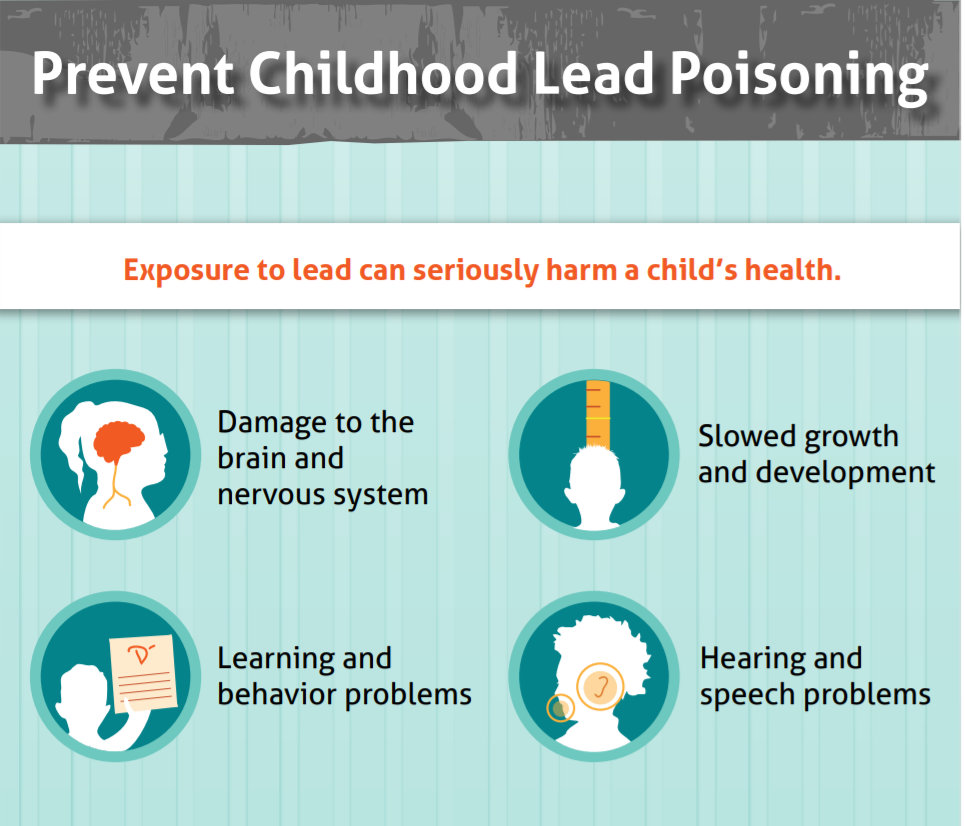In Jefferson County we know that lead exposure is a potential risk especially for vulnerable populations such as children and pregnant women. However, did you there are some occupations that come with a higher risk of lead overexposure and poisoning?
Read moreHome Renovations With Lead Safety in Mind
With spring coming soon, you might be thinking about making some updates and renovations to your home. Throughout areas of Jefferson County, we do have older homes that may have lead paint issues, however, paint isn’t the only problem when it comes to renovating your home.
According the Environmental Protection Agency (EPA) the most common way to get lead in the body is from dust. Lead dust comes from deteriorating lead-based paint and lead-contaminated soil that gets tracked into your home. Common renovation activities like sanding, demolition, and digging in the yard/landscaping can create lead dust which can be hazardous.
Older homes (usually built prior to 1978) are more likely to contain lead-based paint. It is recommended that you hire a certified professional to check for lead-based paint before beginning renovation projects on older homes. You can find a lead certified contractor and assessor on EPA’s website.
If you choose a do-it-yourself home improvement, take some precautions to minimize risk:
Seal off the area you are working in with plastic and tape to minimize dust traveling through the home
Work in one area at a time and keep all equipment in that space
Remove furniture from work area and don’t let kiddos or pregnant women in that room to avoid possible exposure
Use a HEPA (high efficiency particulate air) vacuum to clean up dust on all surfaces
Thoroughly clean up the space and equipment after completing the project
Have You Tested Your Kiddo for Lead?
What is Lead Poisoning?
Lead poisoning is when a person’s health and/or body functions are negatively impacted because of lead exposure from what they eat, breathe, or touch. Lead poisoning is a serious concern, especially for children because they are still developing. There is no safe level of lead exposure in children. Exposure can lead to serious harm on a child’s health/development and can lead to long-term issues.
Blood Lead Testing
A blood lead level test is the most common way to find out if your child has been exposed to lead and has detectable amounts in their blood. It is not usually noticeable through symptoms, so testing is important. We start with a capillary finger stick here in the office, which usually takes about 3 minutes for the results. If the capillary level is 5 or greater we will draw a confirmatory venous level. The results for the venous draw take roughly 48-72 hours.
The blood lead level testing is offered at no cost here at the health department. We are open Monday-Friday from 8am-5:30pm and can offer blood lead testing at each of our 3 locations. Give us a call at 636-797-3737 to schedule your child’s appointment.


